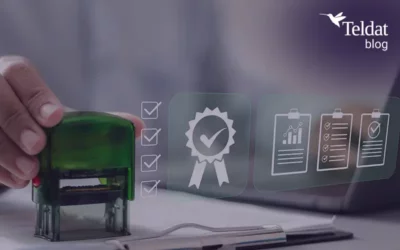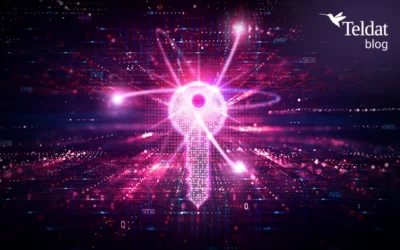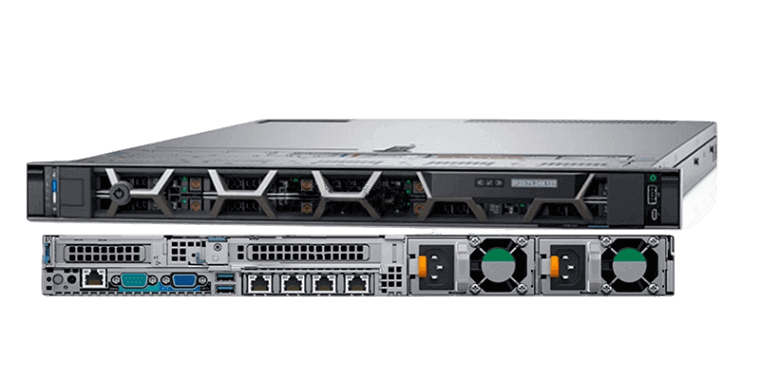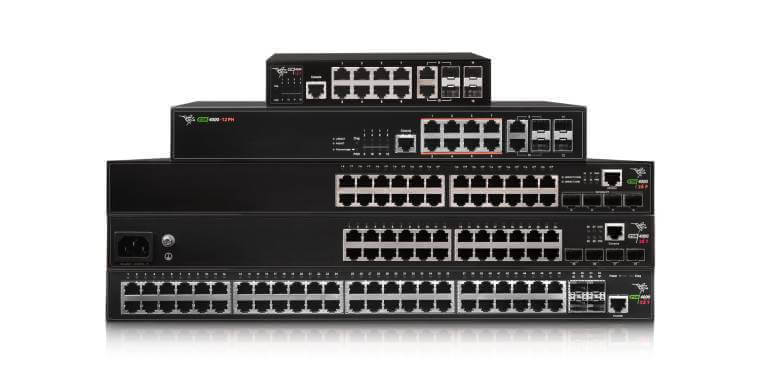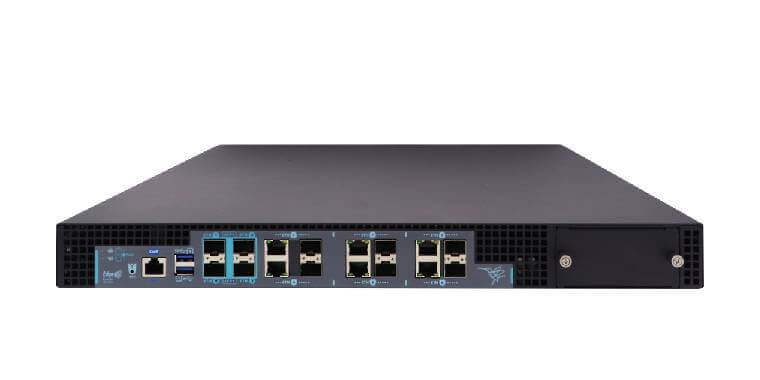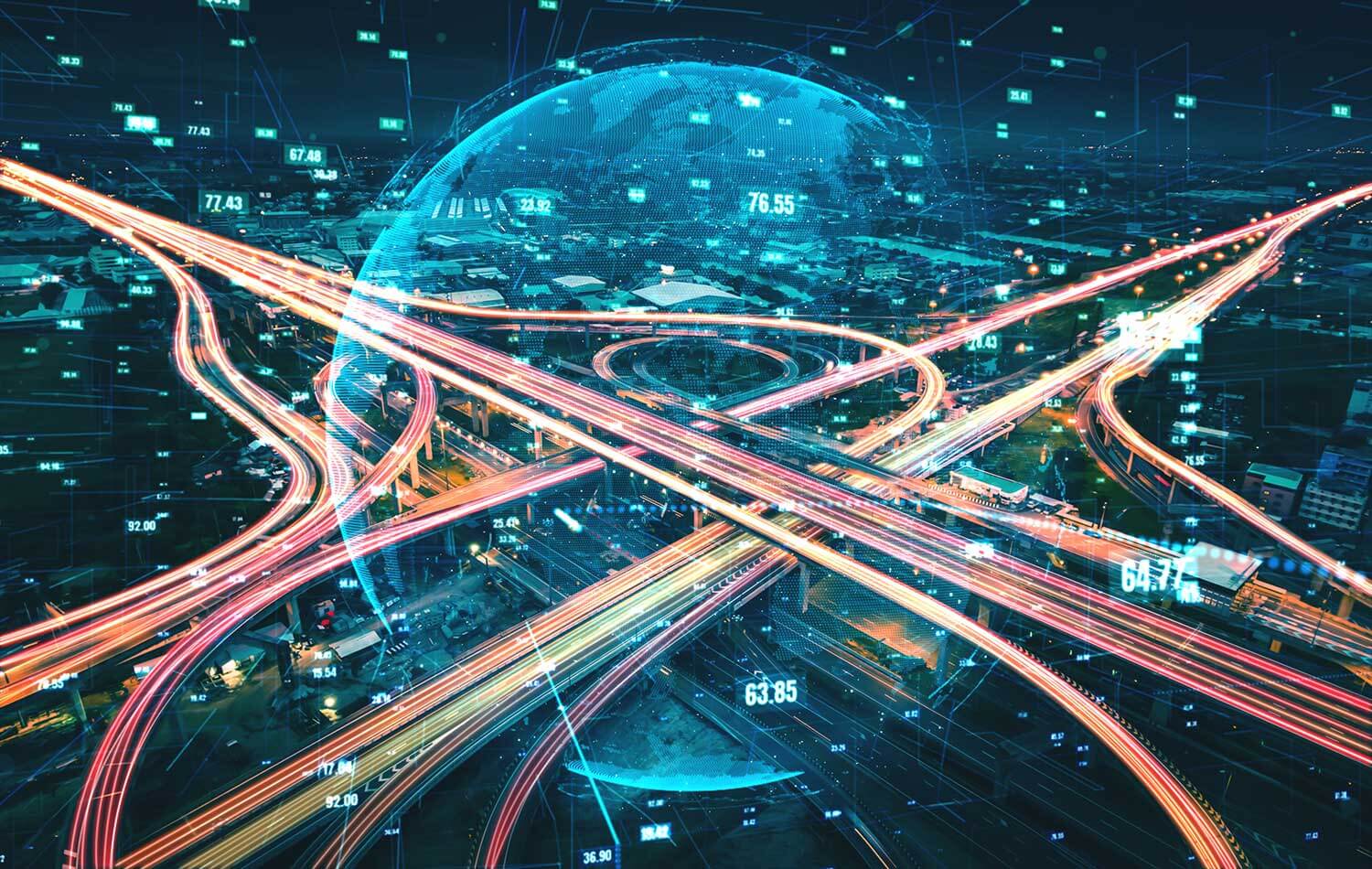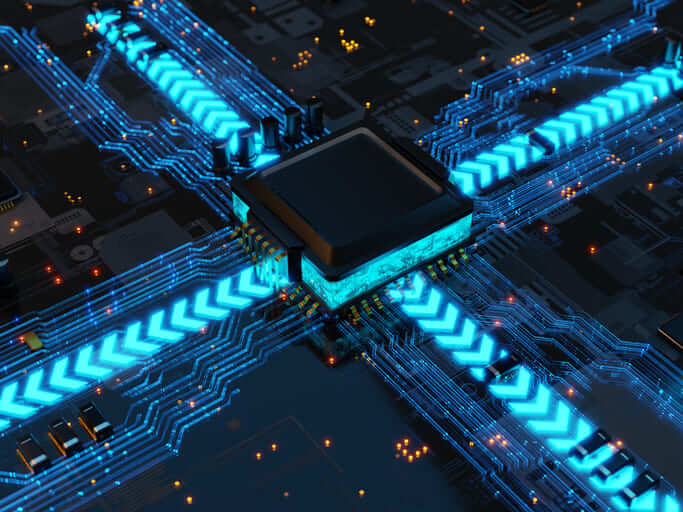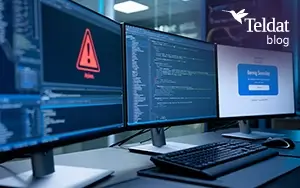 The digitalization of the financial sector has optimized service efficiency, remote access to banks and improved user experience. However, the risk of suffering cyberattacks has grown exponentially. In this context, cybersecurity has become a key strategic pillar for the progress of digitalization in the banking sector.
The digitalization of the financial sector has optimized service efficiency, remote access to banks and improved user experience. However, the risk of suffering cyberattacks has grown exponentially. In this context, cybersecurity has become a key strategic pillar for the progress of digitalization in the banking sector.
The vast majority of reports show banks and Fintechs are the most attacked sectors across the globe, highlighting the need to adopt more elaborate and sophisticated defense strategies. Europol has also warned banks that they should start preparing for the cybersecurity threats and threats quantum computing will bring in the near future.
Recent Evolution of Global Threats in the Banking Sector
The growing sophistication of cybercriminals and the rapid adoption of emerging technologies have reshaped the threat landscape:
- FIN7 or Lazarus are examples of groups that have been responsible for global cyberattacks. They have compromised companies in many countries. They use advanced evasion techniques and lurk in networks for long periods of time before being detected.
- Artificial intelligence is increasingly being used to create deepfakes, impersonate individuals and automate attacks. Generative AI tools are now readily available to malicious actors, enabling them to create extremely realistic frauds.
- Ransomware-as-a-Service (RaaS) has turned this threat into a business that can be exploited by criminals without technical expertise. Specialized platforms offer complete packages for launching targeted attacks, including technical support and payment management.
- The convergence between cyberattacks and traditional financial fraud is accelerating. Criminals combine techniques like SIM swapping, social engineering, and the exploitation of vulnerabilities to multiply their impact.
- Multi-phase attacks are also on the rise. They begin with a simple phishing campaign but evolve into complex intrusions into the central systems of financial institutions.
These threats not only affect large banks but also have a direct impact on users. Individual customers whose accounts, data and savings are compromised.
Main Threats for the Banking Sector in 2025
- Ransomware-as-a-Service (RaaS): Attacks like those targeting Central American Banks in 2024 showed how digital hijacking can paralyze operations for days and affect millions of customers.
- AI-driven deepfakes and vishing: Fake audio and video recordings of senior managers are used to dupe employees or customers into validating fraudulent transactions.
- Exposed APIs in Open Banking environments: Poor access controls have allowed criminals to access customer accounts by manipulating legitimate APIs.
- Insecure cloud configurations: Human error or incorrect automation processes expose entire databases (including personal data belonging to bank customers and financial entities).
- End-user attacks: Bank customers are also falling victim to different types of attacks (i.e., spear phishing campaigns, fake mobile banking apps, and infostealer malware that steals credentials from browsers).
Technological and Organizational Solutions for the Banking Sector
- Zero Trust Architecture: A security model that does not trust any user or device by default, extended to technologies like SD-WAN or ZTNA.
- Micro-segmentation and network segmentation: Limits the reach of attackers within the internal infrastructure by splitting the network into secure, independent zones that make it harder for malware to move laterally.
- Network behavior analysis: Constant monitoring of unusual network and user activity. Use of artificial intelligence and advanced analytics to detect threats before critical systems are compromised.
- Immutable backup and business continuity: Guarantees recovery capabilities without paying ransoms. This is achieved by creating backup copies that cannot be altered, ensuring data integrity and availability.
- Customer and employee education: Ongoing awareness campaigns teaching how to detect fraud, malicious links, and impersonation attempts. The first line of defense is reinforced thanks to a solid and proactive cybersecurity culture.
Conclusions on Cybersecurity Threats and Solutions in the Banking Sector
Banking cybersecurity in 2025 is facing a complex global scenario where banks and financial institutions (as well as their customers) are exposed to increasingly sophisticated attacks. Collaboration among governments, banks/financial institutions, and technology providers will be key to ensuring the resilience of the financial system.
At Teldat, we work closely with banks and financial institutions of all sizes to face these challenges, offering solutions like be.Safe Pro, be.Safe XDR, Zero Trust SD-WAN, and more. This way, we ensure safe browsing, real-time threat detection, and allow users to operate securely from any device.
Because in banking, protecting customer trust and data is just as important as protecting their assets.
Sources:
- https://www.bbva.com/es/juntos-creando-oportunidades/ratones-arriba-como-los-bancos-se-protegen-de-las-nuevas-amenazas/
- https://www.weforum.org/stories/2025/02/biggest-cybersecurity-threats-2025/
- https://www.reuters.com/technology/cybersecurity/europol-body-banks-should-prepare-quantum-computer-risk-now-2025-02-07/
- https://www.firstbank.com/resources/learning-center/cybersecurity-in-2025-what-financial-institutions-need-to-know/
- https://assets.kpmg.com/content/dam/kpmg/ve/pdf/2024/02/consideraciones-de-ciberseguridad-2024.pdf


